Cheat Sheets on Reactions for Organic Chemistry 1 and 2
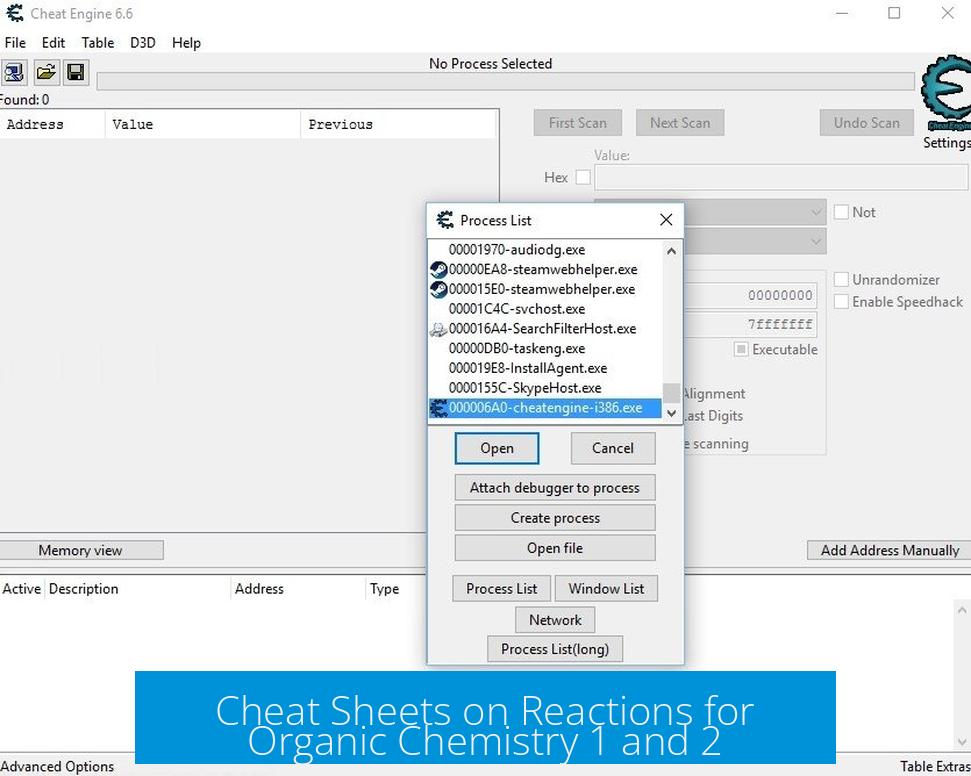
Cheat sheets for organic chemistry reactions provide a concise reference for students and help reinforce learning by organizing complex information clearly. Creating personalized cheat sheets is especially effective because it engages active recall and solidifies understanding.
Benefits of Making Your Own Cheat Sheets
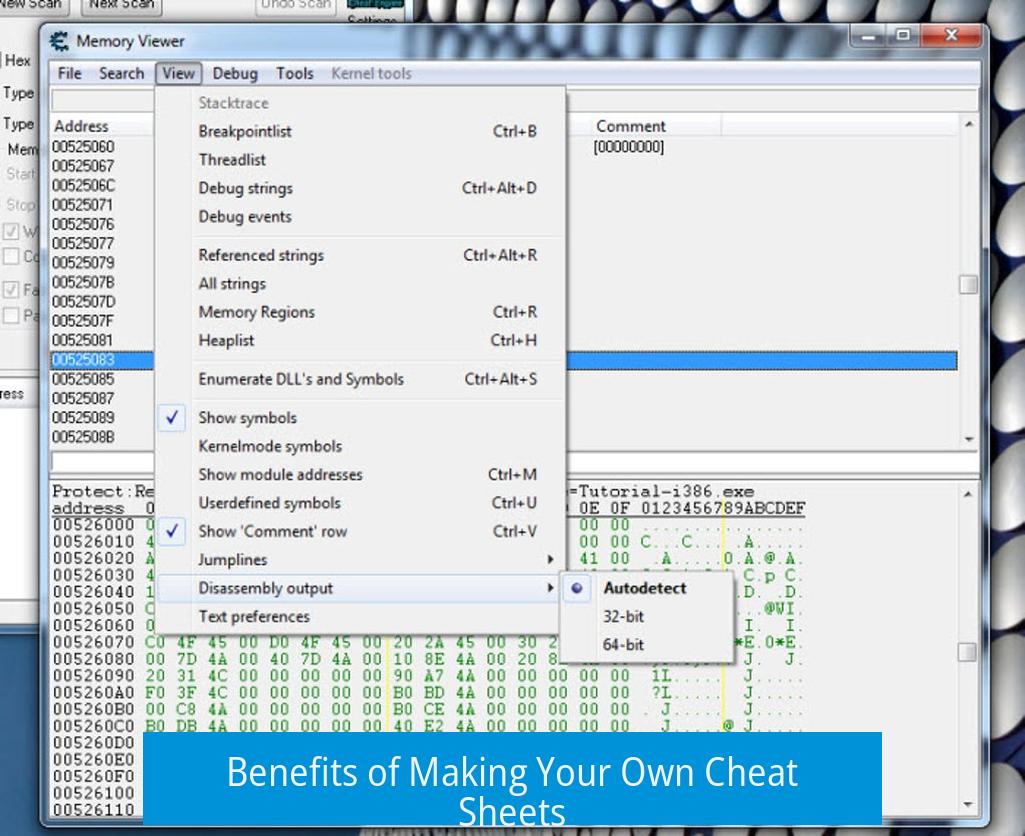
Developing personalized sheets allows students to tailor the content to their learning needs. This process encourages engagement with reaction mechanisms, functional groups, and reaction types. It serves as an active study method rather than passive review.
- Increases retention by summarizing key reactions.
- Improves familiarity with arrow-pushing mechanisms.
- Facilitates quick review before exams.
One student emphasized that “making sheets yourself is a really good way to study,” highlighting the dual function of cheat sheets as study aids and practice tools for notation skills.
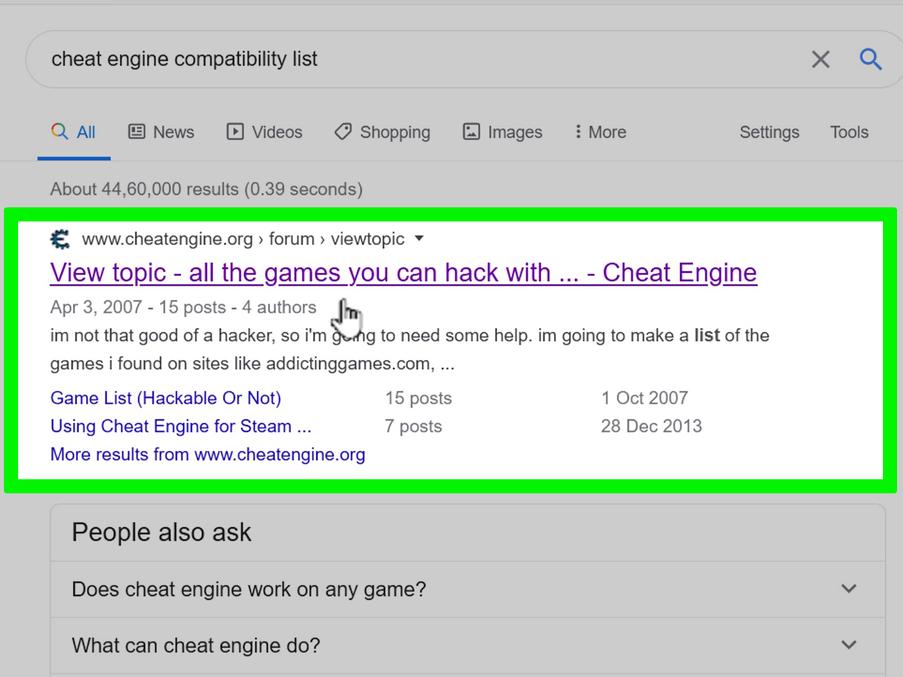
How to Organize Cheat Sheets Effectively
Separation by reaction types and functional groups boosts clarity. For example, grouping nucleophilic substitution reactions (SN1 and SN2) separately from elimination reactions (E1 and E2) helps categorize content logically.
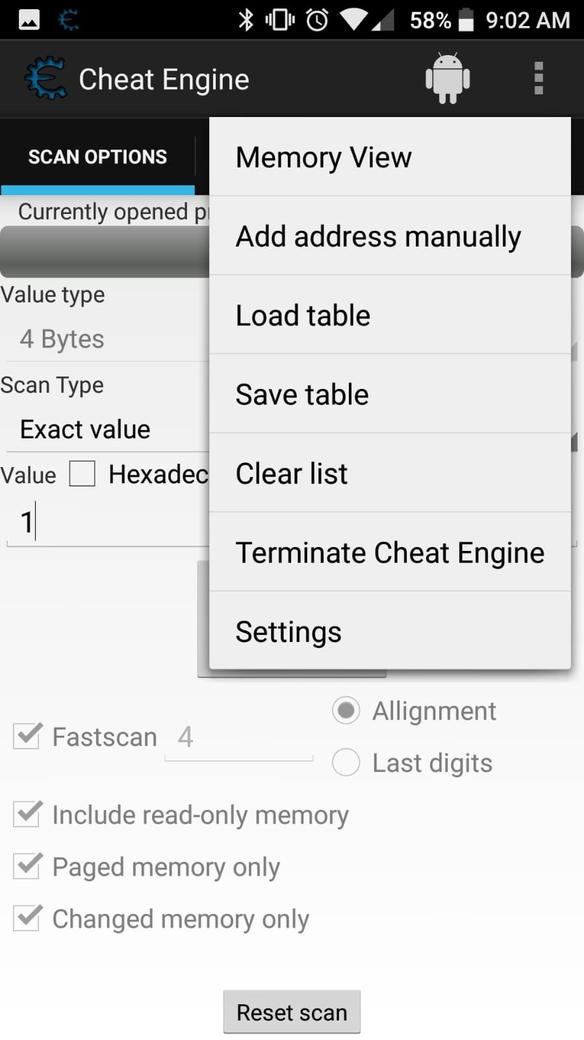
| Category | Examples | Details |
|---|---|---|
| Reactions | SN1, SN2, E1, E2 | Focus on mechanism, rate-determining steps, stereochemistry |
| Functional Groups | Alcohols, Alkenes, Carbonyls | Associated reaction types, typical reagents, conditions |
Examples of Detailed Cheat Sheets
Some students create extensive cheat sheets spanning two semesters’ worth of reactions. These may be poster-sized and hung in study spaces. Such comprehensive sheets require zooming in to read all details but provide an invaluable visual overview.
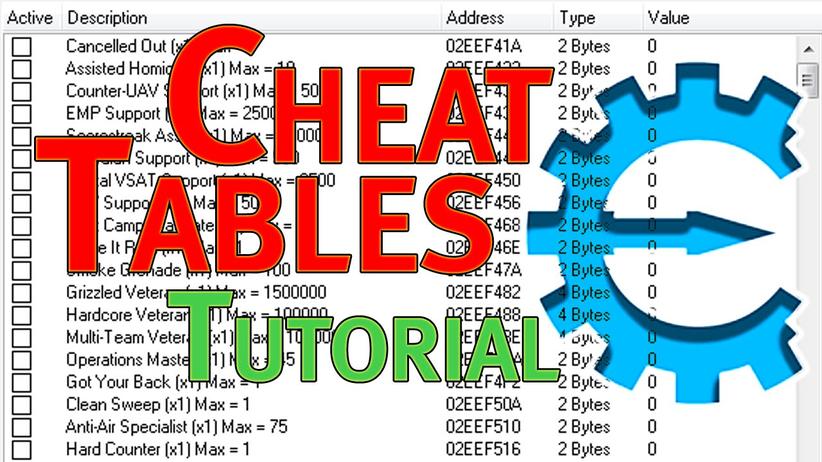
A well-known example was shared online, fitting all common reactions and mechanisms on a standard poster board for easy reference.
Enhancing Learning Through Arrow Pushing
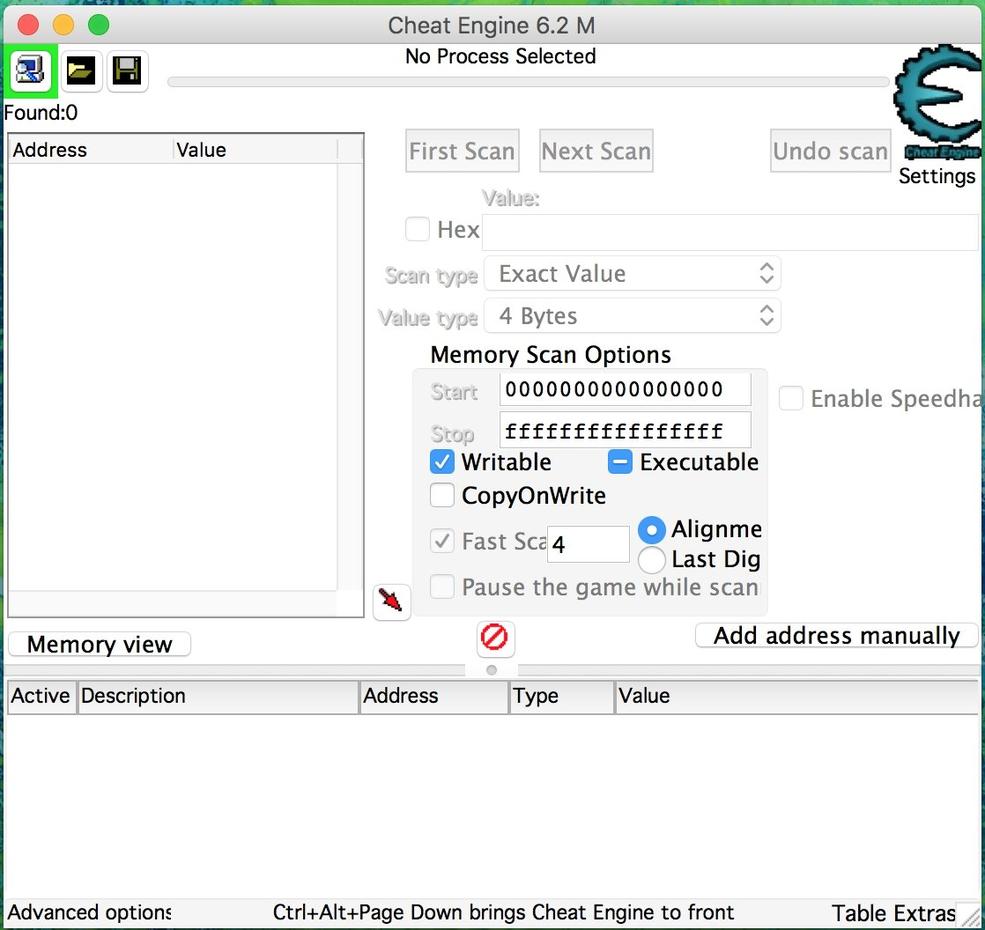
Writing out reactions on cheat sheets is an excellent chance to practice the electron flow in reaction mechanisms. This arrow-pushing strengthens comprehension of how bonds form or break and helps solidify the logic of each reaction step.
Repeatedly drawing mechanisms while assembling cheat sheets ingrains these critical skills deeply into memory.
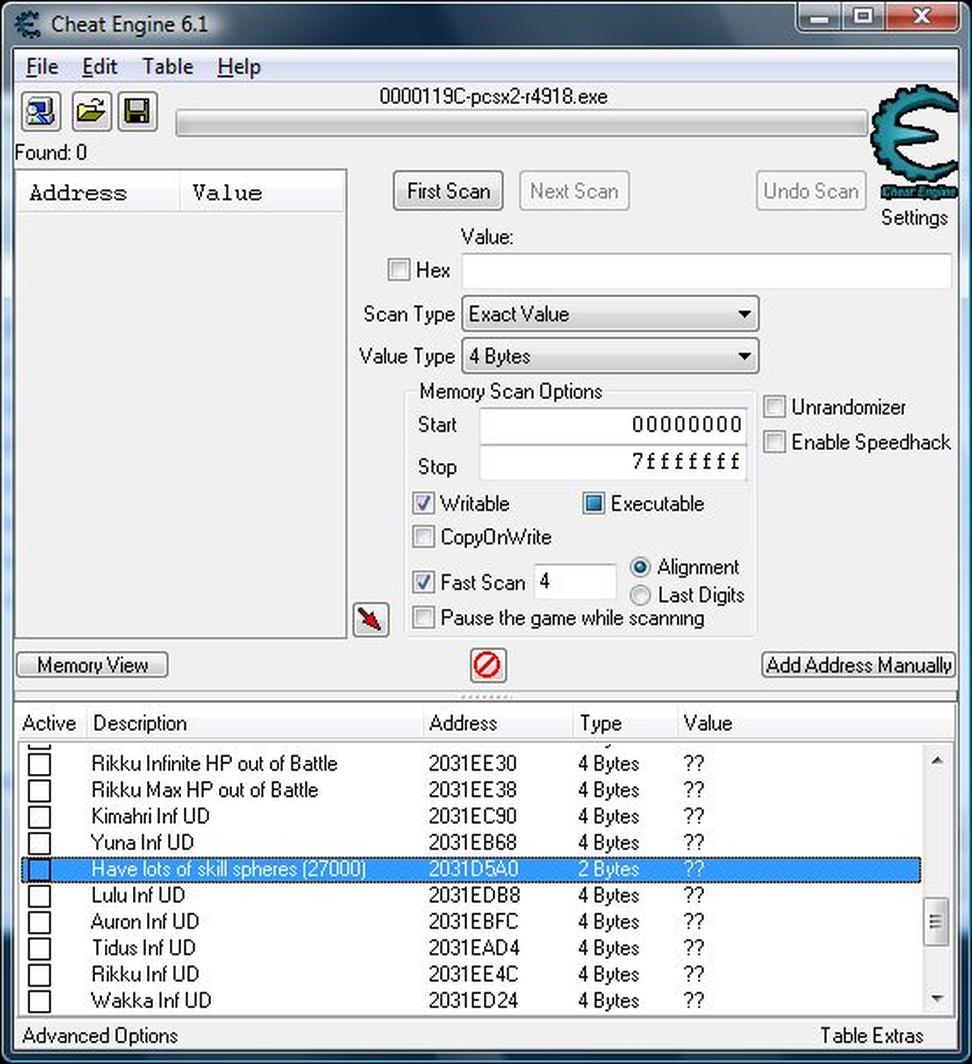
Key Takeaways
- Creating personal cheat sheets boosts active learning and retention.
- Organize sheets by reaction types and functional groups for clarity.
- Extensive cheat sheets can cover two courses’ reactions on poster boards.
- Practice arrow pushing during creation to master mechanisms.
- Use cheat sheets as fast-reference tools before exams and assignments.
Mastering Organic Chemistry with Cheat Sheets on Reactions (Orgo1 and Orgo2)
Cheat sheets on reactions for Orgo1 and Orgo2 are not just nifty tools; they’re powerful study allies that transform mountains of reaction mechanisms into digestible, memorable chunks. Whether you’re grappling with SN1 vs SN2, or E1 vs E2 eliminations, these cheat sheets tackle it all—saving time and brainpower. But how exactly do you harness their full potential? Let’s dive in.
Why Make Your Own Cheat Sheets?
Here’s a plot twist: rather than hunting for pre-made charts, you become the creator of your own personalized cheat sheet. Why? Because making your own cheat sheet is one of the best study methods. It forces you to sift through info, organize it, and think about the material actively.
“Making sheets like this yourself is a really good way to study… that’s one option.”
This process boosts memory retention. Think of it like cooking—reading a recipe is fine, but chopping, stirring, and tasting helps you remember flavors. Writing out reaction mechanisms and their peculiarities etches them deeper into your brain. You don’t simply memorize; you understand.
How to Organize Cheat Sheets Like a Pro
Structure is key. If your cheat sheet looks like a spaghetti junction of reactions, it defeats its purpose. The secret? Separate by reaction types and functional groups. This means grouping SN1 and SN2 reactions together, then E1 and E2 eliminations in another section.
“Agree with the others. I always made my own on white printer paper… I would separate them by type (Sn1/2, E1/E2) and functional group. Great way to study.”
This setup allows quick scanning when you need to recall that pesky rearrangement in an SN1 mechanism or to decide which elimination dominates under certain conditions. Functional group categorization helps, too, since alkene reactions, alcohol transformations, and carbonyl chemistry each have unique trends.
The Art of Arrow Pushing
Here’s where the magic happens. When creating your cheat sheets, don’t just list reactions—draw the mechanisms and practice arrow pushing.
“Ya I always made them myself and it was a great way to study and practice arrow pushing.”
Arrow pushing is the language of organic chemistry. Master it, and complex reactions start to look predictable. The cheat sheet serves as your canvas, highlighting how electrons move, where bonds break, and new ones form. This practice solidifies your understanding more than passive reading ever will.
Example: The Legendary Poster-Sized Cheat Sheet
Imagine having every key Orgo1 and Orgo2 reaction summarized on a single poster, hanging above your desk. A user shared such a gem on Reddit, covering two semesters’ worth of reactions in a vibrant, detailed layout.
This was posted in the chemistry sub a few years ago might have to zoom in on it to make it clear, but I was fit the whole thing on a standard poster board and hung it above my desk.
This example underscores the power of well-organized cheat sheets—everything at your fingertips, no flipping through textbooks mid-problem. Yes, reading the small print may require zooming, but the holistic view is worth it. You see connections and patterns across reactions, improving your intuitive grasp.
Benefits that Cheat Sheets Bring to Your Orgo Journey
- Active Learning: Writing your own forces engagement, not passive skimming.
- Better Recall: Visual and organized info sticks longer than scattered notes.
- Quick Review: Ready-made references come in clutch before exams.
- Practice Mechanisms: Arrow pushing with each reaction sharpens your problem-solving.
- Stress Reduction: Confidence grows as you see reactions in clusters, not isolation.
Practical Tips for Crafting Your Cheat Sheets
- Start Small: Begin with one reaction type or functional group per sheet.
- Use Colors: Highlight nucleophiles, electrophiles, and leaving groups differently.
- Include Conditions: Note solvents, temperature, and catalysts for each reaction.
- Draw Mechanisms: Sketch arrow pushing rather than just chemical equations.
- Update Regularly: Add new reactions as you progress through Orgo2.
- Display Accessibly: Hang your cheat sheet in your study area for daily glance-time.
Personal Experience: A Study Breakthrough
Many students recall the moment cheat sheets radically changed their organic chemistry study game. Instead of drowning in song-length textbook chapters, they found a beacon—a neatly organized, customized map of the reaction wilderness.
One student shared how their custom-made sheets made SN1 and SN2 reactions, which previously seemed like sneaky street gangs in a chemical city, suddenly feel like next-door neighbors. Arrow pushing became second nature, and reaction outcomes clicked into place swiftly, cutting exam panic in half.
Still Wondering if Cheat Sheets Work for You?
Ask yourself: How many times have you flipped through your notes searching desperately for a reaction mechanism? Would having a compact, personalized guide save those precious minutes? If the answer is yes, it’s time to grab some paper and start crafting your own cheat sheet.
Don’t just study; study smart. Use cheat sheets on reactions to fuel understanding, confidence, and yes—better grades. They’re more than study tools; they are your organic chemistry survival kit.
Ready to turn overwhelming reactions into a structured, manageable study system? Start making your cheat sheets today—and watch as Orgo1 and Orgo2 reactions stop haunting you and start making sense.
What is the benefit of making your own organic chemistry cheat sheets?
Creating your own cheat sheets helps reinforce learning. It allows you to actively engage with the material and improves memory retention.
How should I organize my cheat sheets for Orgo1 and Orgo2 reactions?
Organize by reaction types like Sn1, Sn2, E1, and E2, and also by functional groups. This structure helps you quickly find and study specific reactions.
Can making cheat sheets help with understanding reaction mechanisms?
Yes, writing cheat sheets is a good way to practice reaction mechanisms and arrow pushing. It helps you visualize how electrons move in reactions.
Is there a good example of a detailed cheat sheet for multiple semesters of organic chemistry?
Yes, some students create large, detailed posters that cover two semesters of organic reactions. They hang these above their desks for quick review.


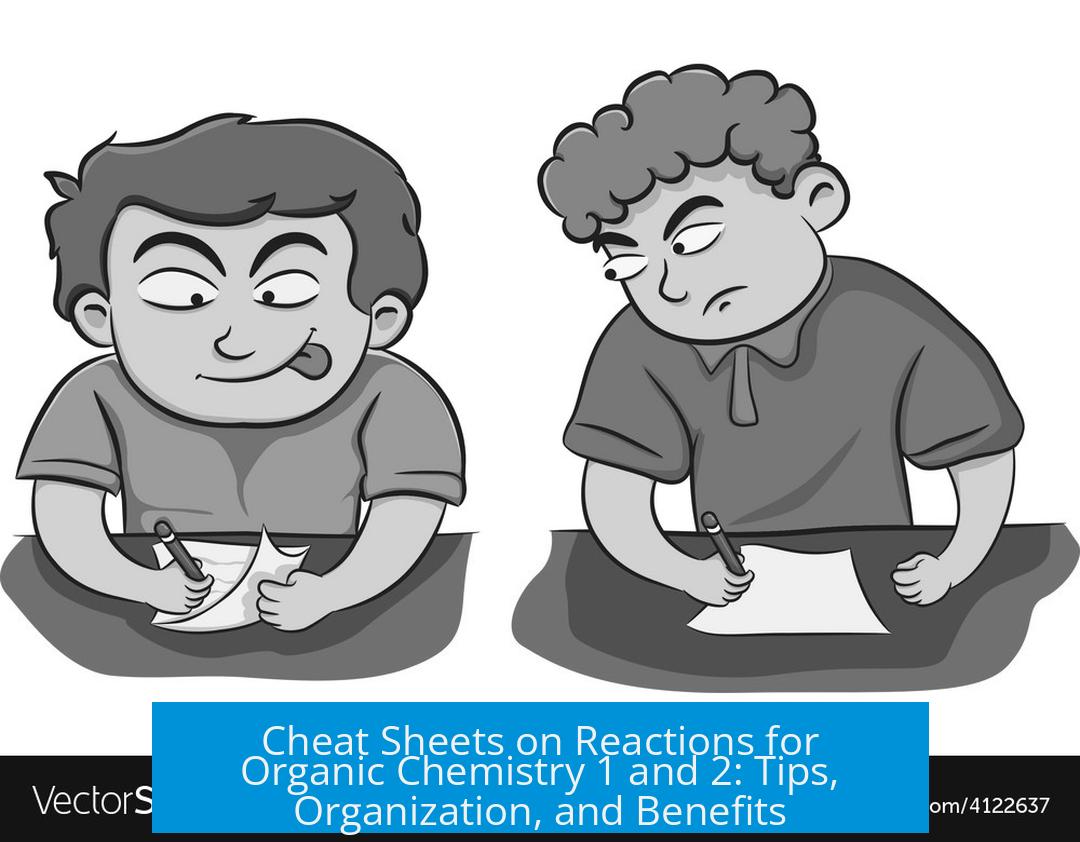
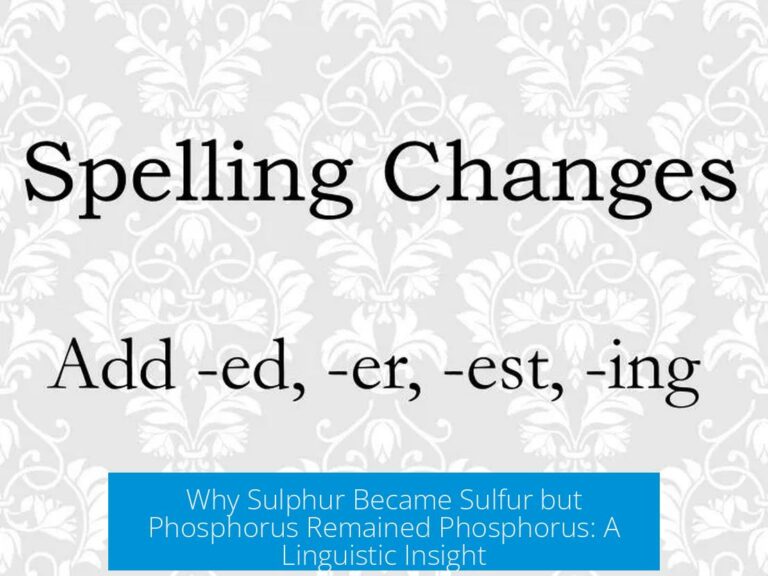

Leave a Comment